The Pug
Charming, Cheeky, Affectionate.
Anyone with a Pug will tell you that a tremendous amount of character is crammed into his small, muscular package. The large round eyes, cocked head and wrinkled brow can convey a wide range of emotions - mischief, curiosity, surprise, innocence, adoration, feigned starvation. The Pug loves his food, so be vigilant in keeping him trim with a high-protein low-calorie diet.
Pugs are generally sweet natured and get along with other pets. They will alert you when someone is at the door and then greet the newcomer with affectionate snuffles. They don’t need as much exercise as many breeds, nor do they bark very often. This makes them great city dogs, though they are equally happy in the countryside. Pugs love to be with their human family so long periods of solitude, or a life spent outdoors on his own, are not recommended.
Pug dogs come in three colors. All black, fawn with a black face or silver with a black face. He weighs no more than 14 - 18 pounds (6 – 8 kg), stands up to 13 inches (34 cm) tall and has a life expectancy of 13 - 15 years. You can maximize his life expectancy by feeding him a healthy longevity diet.
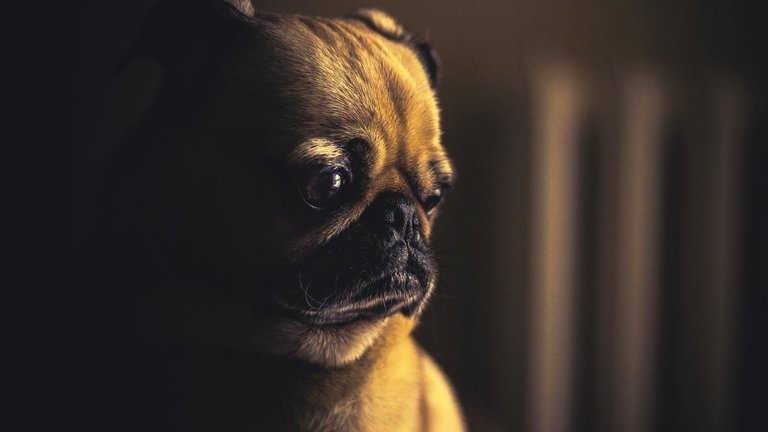
Famous Pug Dogs
Fortune, Josephine Bonaparte’s pet Pug, carried secret messages in his collar from his mistress to Napoleon while Josephine was imprisoned.
Other famous Pugs include Otis from The Adventures of Milo and Otis, Frank from Men in Black, Percy from Pocahontas and Peter Pug from Wee Peter Pug.
Pugs are the pets of royalty. Pompey was a Pug belonging to the Prince of Orange who saved his master by barking in warning when Spanish troops approached. Mops was Marie Antoinette’s Pug and Basco was Queen Victoria’s favorite Pug.
The top five Instagram Pug superstars include:
- Doug the Pug of Nashville @itsdougthepug,
- Granps and other rescue Pugs from @bubblebeccapugs,
- Homer @homerpugalicious,
- Cupcake @cupcake_pug and
- Mr Biscuit from Sydney, Australia @MrBiscuitthePug

Positive Traits of the Pug Dog
- The Pug is polite and even-tempered with everyone, young and old.
- Pugs also get along with other pets.
- The Pug has a short easy-care coat.
- Some male Pugs like to put on a macho show for other (often larger) male dogs but they are not truly aggressive.
- Pugs do not need a lot of exercise or bark much, which makes them good city pets.
Negative Traits of the Pug
- The Pug has more than his share of health problems. Due to his short snout, he is susceptible to breathing problems, especially if he overheats. He is also susceptible to eye diseases, joint diseases, and a fatal neurological disease called Pug Dog Encephalitis. More about this below.
- He slobbers a little.
- He sheds a lot. Weekly grooming with a soft brush or mitt will minimize this.
- He may snort, snuffle and snore. Some people find these sounds endearing, while others do not.
- The Pug also passes wind. Short snouted breeds like the Pug all have this problem because they have a tendency to gulp air when they eat, and what goes in must come out. A homemade high-protein low-carbohydrate diet will minimize smelly gas build up that results from carbohydrate fermentation.
- Pugs can be slow to housebreak.
- Pugs can be a little stubborn.
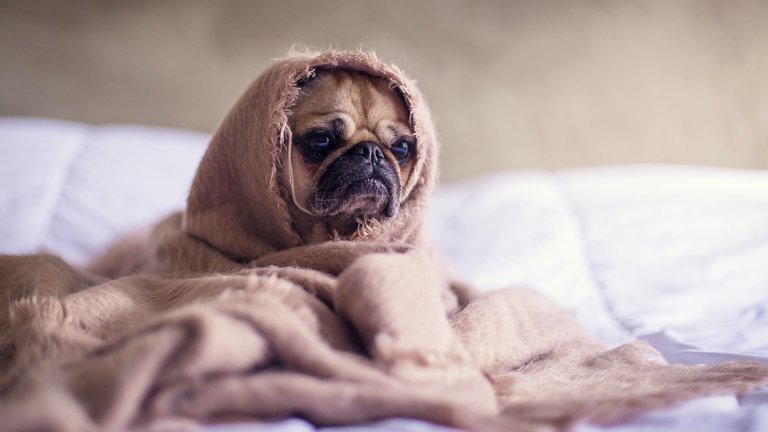
Exercise for the Pug
The Pug is happy to snuggle on the sofa. Combine this habit with his love of food and you could end up with a fat little Pug. But the Pug is a sturdy little chap who loves to play, so you can keep him fit with daily energetic games or a walk. But remember, due to his short snout he can overheat. Strenuous walks on a hot or humid day are not recommended. On such days, play-time in the air conditioned indoors is a better option.
Your Pug might also enjoy canine sports such as rally, obedience and agility training.
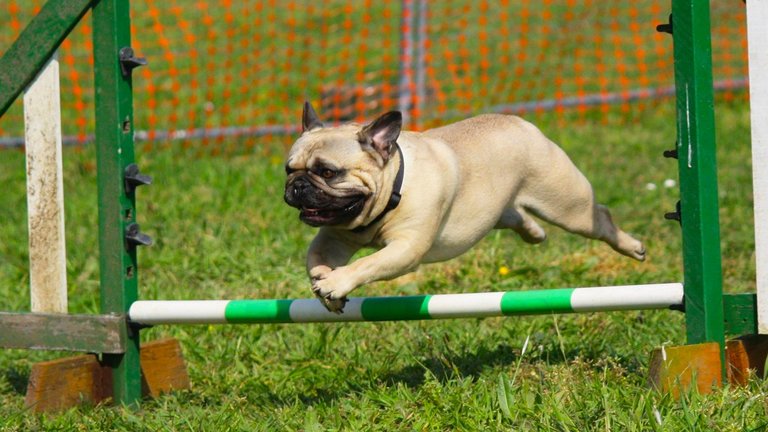
Training the Pug Dog
Most Pugs are at least a little stubborn, but they are also eager to please. That means persistency and consistency on your part will pay off. Positive reinforcement works well for this affectionate breed. Harsher training methods will only hurt his feelings. Food is a helpful incentive, but use treats sparingly. To keep his weight under control try these healthy low-calorie treats.
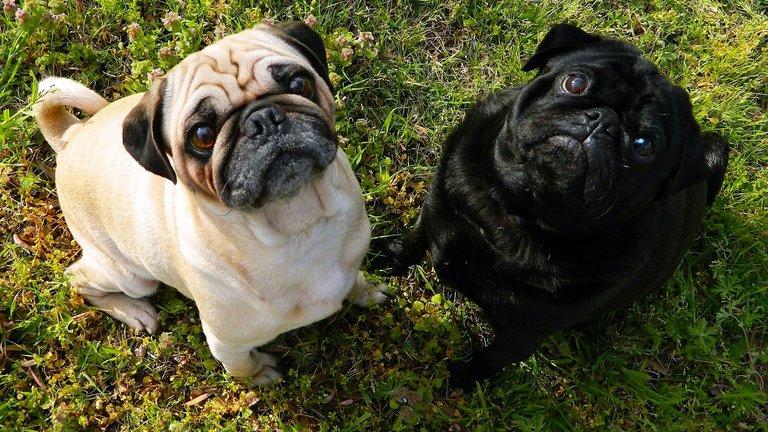
Pug Health Issues
The Pug dog, as with all pure breed dogs, has proclivities to certain health issues. His eyes are prone to corneal ulcers and dry eye. Use saline eye drops to flush out dust.
As a brachycephalic (short-snouted) dog breed, the Pug is susceptible to breathing problems. To minimize this, ensure he does not overheat. Keep him cool on hot days and during exercise. Read about the signs of heat stroke and how to keep your dog cool. Breathing troubles are also exaggerated if dogs become overweight.
When buying pure bred Pug puppies, ensure that they have:
- A hip evaluation,
- A patella evaluation,
- An ophthalmologist evaluation,
- The Pug Dog Encephalitis DNA test.
As with all breeds, keep his nails trim.

History of the Pug
The Pug is an ancient breed that can be traced back 2,000 years when he was the favored companion of Chinese Emperors. In the sixteenth century, Dutch traders brought Pug dogs back to Holland where they became the mascot of the royal House of Orange. It was one of these Pugs, named Pompey, who saved the Prince of Orange from Spanish attack by barking in warning of their arrival one night. When the Prince of Orange took Pompey to England he ignited a craze for the breed, and shortly afterwards, Pugs went global.
Keep your Pug dog active with our free WAGSTA walkies, weight and wellness tracker! Join the pack and create the optimal healthy lifestyle for your dog!
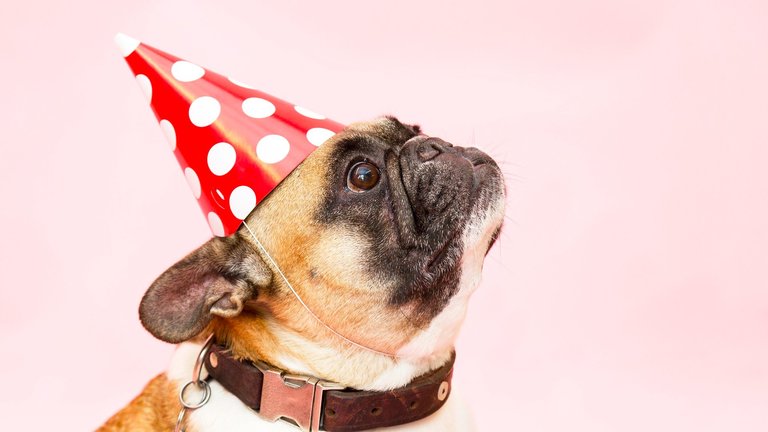
Create the optimal healthy lifestyle for your dog with WAGSTA walkies, weight and wellness. Learn more now.
